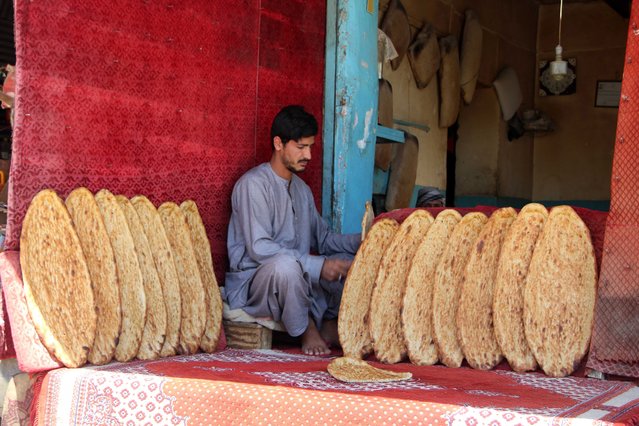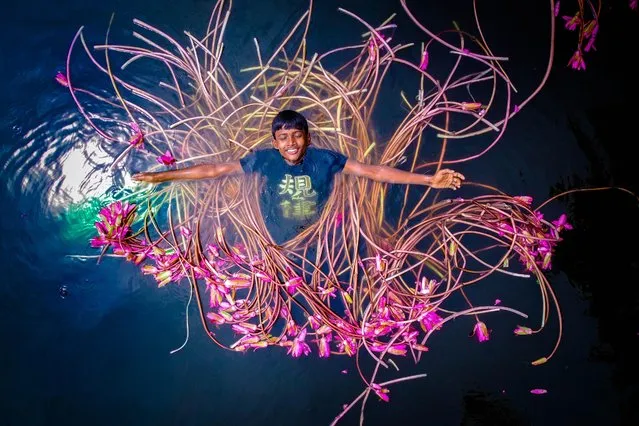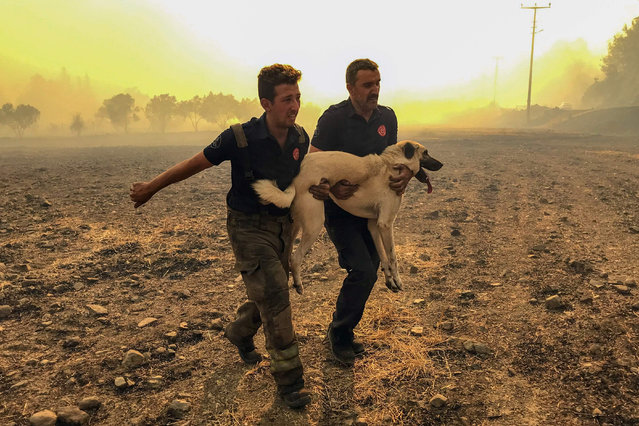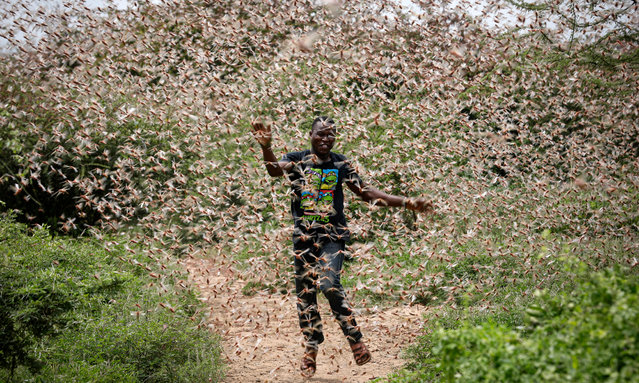
Three-year-old tawny owl, found abandoned by its owner, is agoraphobic. Multi-skilled Bertie also likes to help Mr Middleton make a cup of tea – and is fond of sitting on top of the kettle. Mr Middleton said the domesticated owl, which he adopted after it was left abandoned on the ground, hates the outdoors. The domestic owl casts a watchful eye over Mr Middleton's handy work. The creature was found by the organic farmer abandoned on the ground.
01 Jul 2014 11:12:00,post received
0 comments







